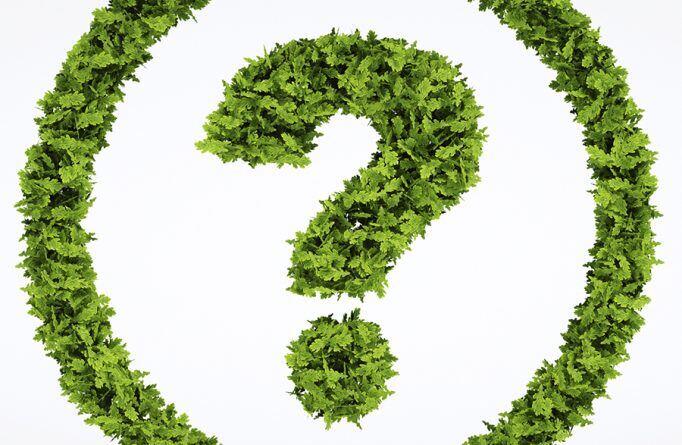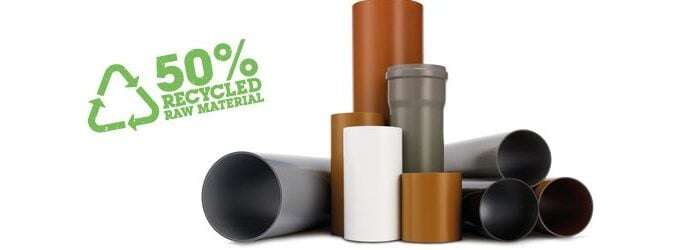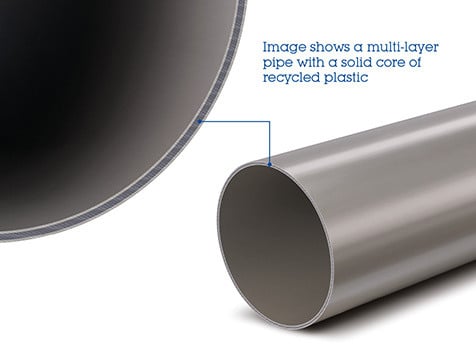Hep2O pipe
What are the potential environmental impacts of plastic pipes?
The environmental impact of plastic will include its carbon footprint, any pollution caused by it and the depletion of non-renewables as a result of raw material extraction, manufacture, transport, installation, maintenance and disposal at the end of its useful life.
How can the sustainability of plastic pipes be assessed?
When comparing the sustainability of products, the Full Life Cycle assessment is used as a tool for comparison. This allows the environmental impact of a product throughout its total life span to be evaluated including relevant energy and material inputs and environmental releases. In contrast to the single-use plastics that have been highlighted in the news and media recently for their environmental impact due to their high impact for a very short lifespan, plastic pipes have an extremely long lifespan making them far more sustainable than single-use plastics.

Is there a scientific basis for plastic pipes as the most sustainable option?
Plastic pipes represent an essential part of our life support systems delivering fresh clean drinking water and removing wastewater. The use of plastic has long been considered to offer significant advantages in terms of the initial investment and cost of maintenance in many situations but there is now also a scientific basis for selecting plastic pipes over alternatives for their sustainability.
TEPPFA (the European Plastic Pipes and Fittings Association, a group of 15 European national associations and 11 direct company members across Europe) has developed Environmental Product Declarations (EPD) for its main products in compliance with key international standards ISO 14025, ISO 14040 and ISO 14044. These declarations are based on the life cycle assessments conducted by the internationally respected Flemish Institute for Technological research (VITO) and then independently validated by Denkstatt GmbH in Austria. The assessment found that the environmental impact of plastic pipe systems from cradle to grave in building services and pressure applications including soil and waste, hot &cold water and fresh water supply across all environmental criteria was much lower than non-plastic alternatives like cast iron and copper and in sewage similar to non-plastic alternatives (concrete).

How does the usage of non-renewable resources affect the sustainability of plastic pipes?
Fossil fuels including oil and gas are non–renewable resources created over thousands of yearswhich are used to create plastic products. It is however feasible in the future that plastics could be made from other carbon sources including sugar cane. However,whilst fossil fuels like oil are still available, they represent the most eco efficient way of creating plastics. Plastic manufacture currently only accounts for 4% of global fossil fuel consumption(TEPPFA).
What about the energy used to make plastic piping?
Energy usage in the manufacture, transportation, installation and usage of plastic pipe is also a consideration in the impact of the product and use of non-renewable fossil fuels. TEPPFA’s analysis found that the smooth bore of plastic pipes decreases the energy required to pump water when compared to alternative systems helping to reduce the overall use of fossil fuels compared to other alternatives when assessed across the complete lifecycle. The benefit of this increased energy efficiency outweighs the fossil fuels used in manufacturing and therefore the use of plastic over alternatives results in a net saving of the world’s non-renewable fossil fuel production.
Don’t plastic pipes create more plastic waste and pollution?
The waste from plastic manufacture is low and careful precautions and recycling initiatives such as Operation Clean Sweep during manufacture aim to eliminate plastic pollution. Plastic pipes are highly recyclable at the end of their life being used to create new products or for fuel to generate power or heat. The fact that plastic is so durable and the useful life of plastic piping is usually quite long will naturally limit the amount of plastic piping waste created and also the volume that gets recycled.
Can plastic pipes be made from recycled materials?
The plastic piping industry is also an outlet for recyclates from other industries particularly for manufacturing underground drainage systems. The use of recycled materials in the manufacture of plastic piping can help to reduce the overall impact of the product as long as it is balanced with maintaining the durability and performance of the product to maintain its life span.

Wavin Recycore Technology
At Wavin, multilayer, 110 and 160mm drain and soil pipes are made with over 50% recycled content using Recycore technology. Recycore technology uses as much recycled PVC as possible to ensure that the products have at least the same proven and excellent performance characteristics as the virgin products they replace.
Read more about sustainability and Recycore Technology at Wavin here


